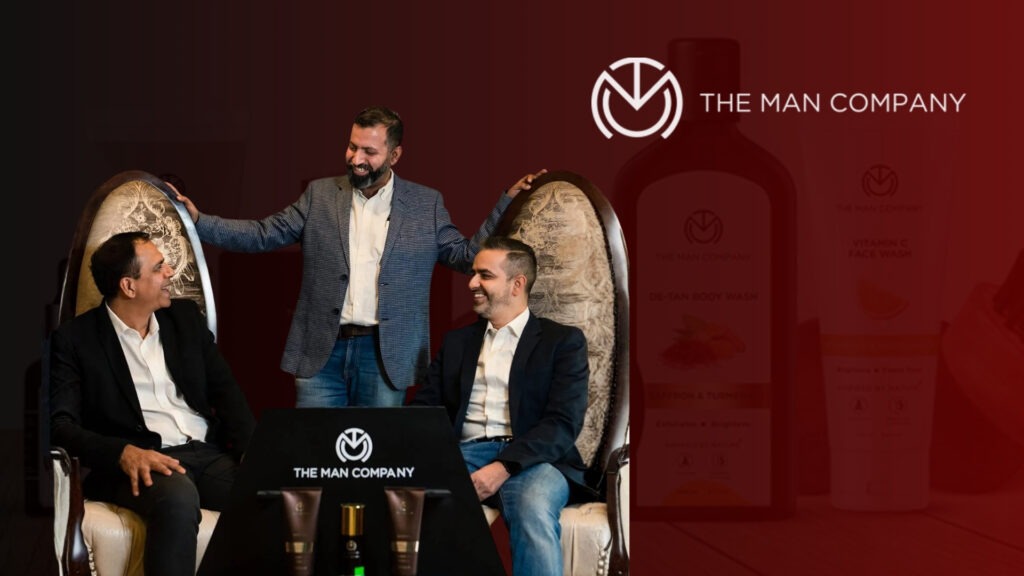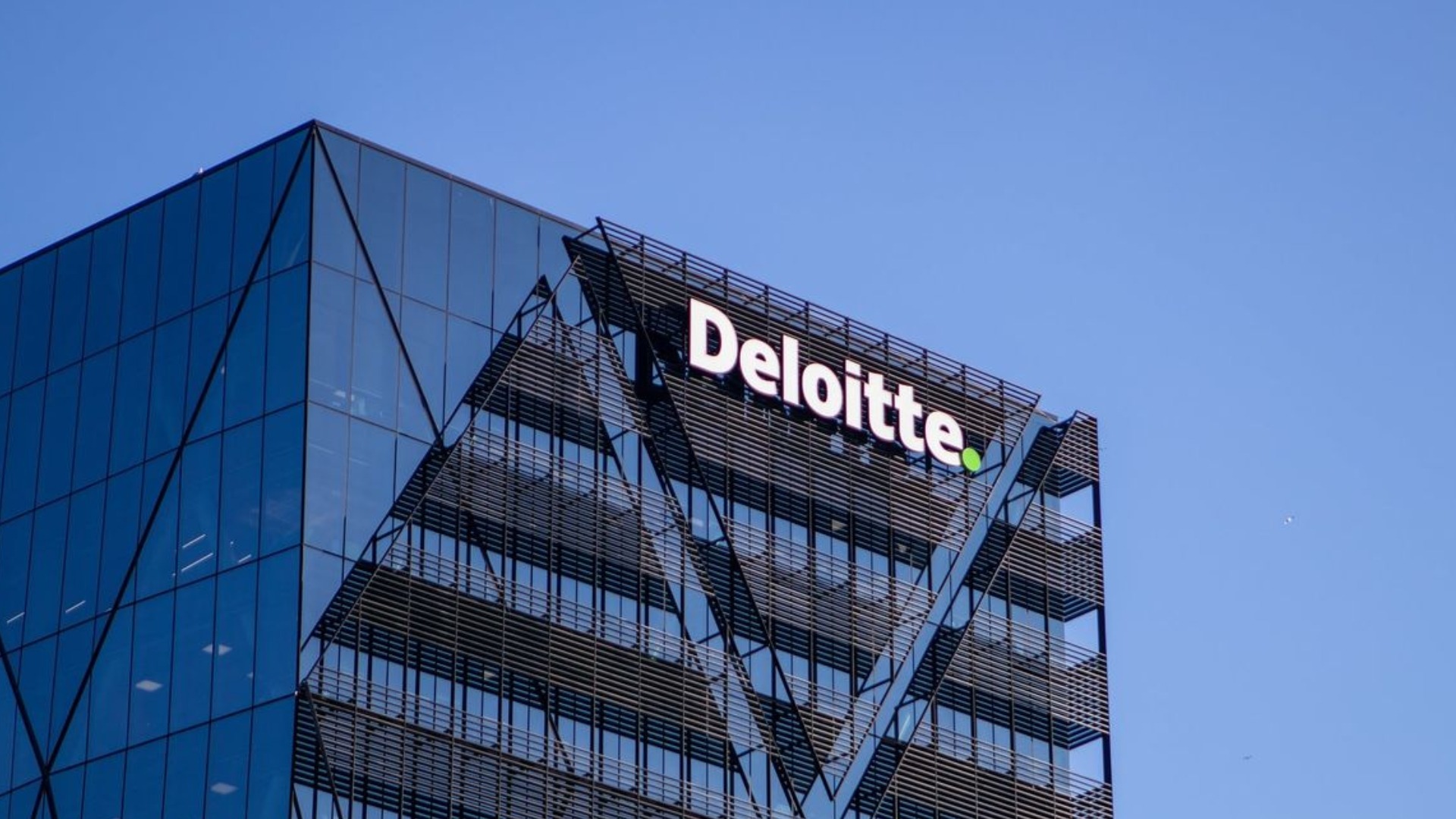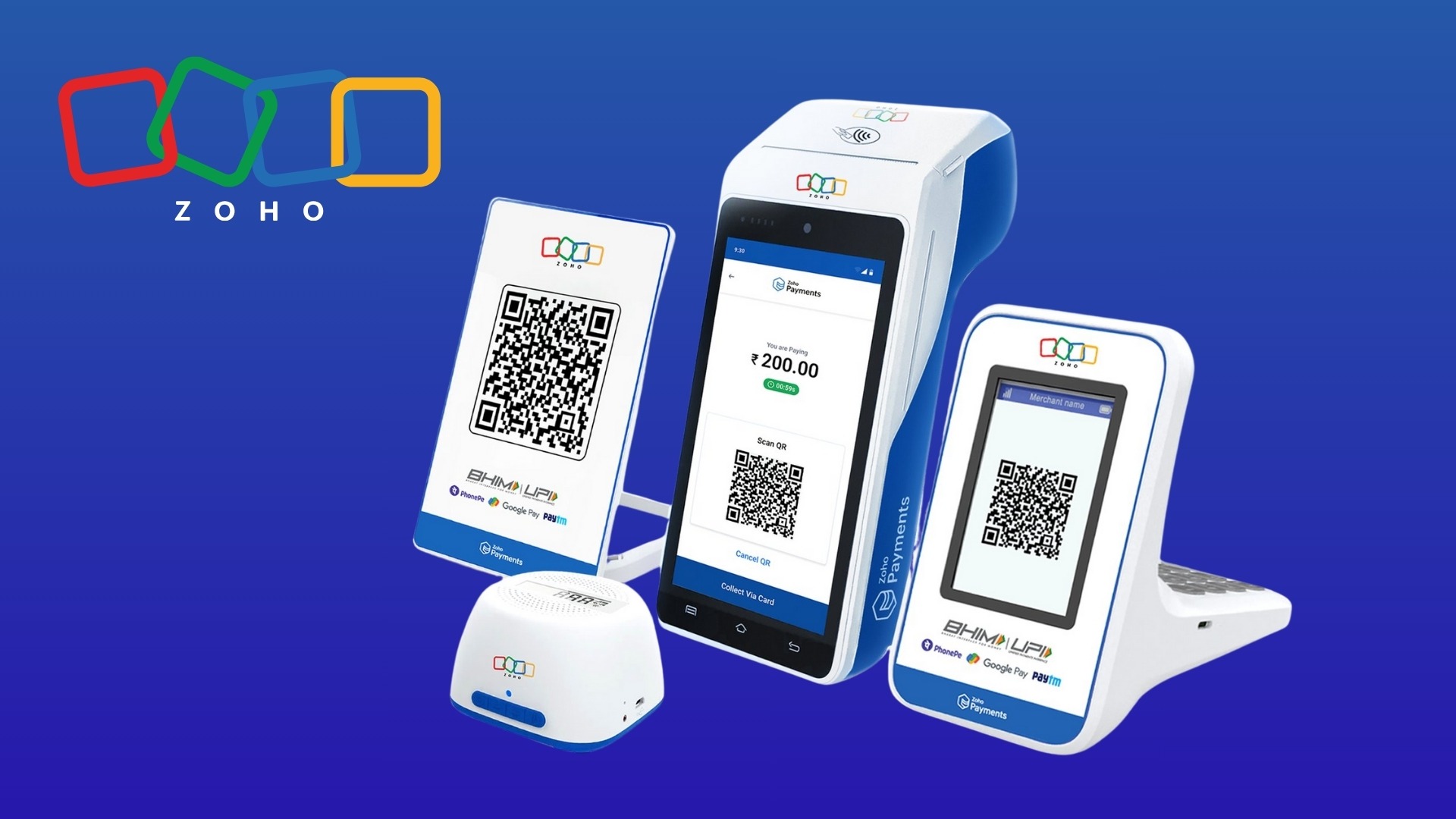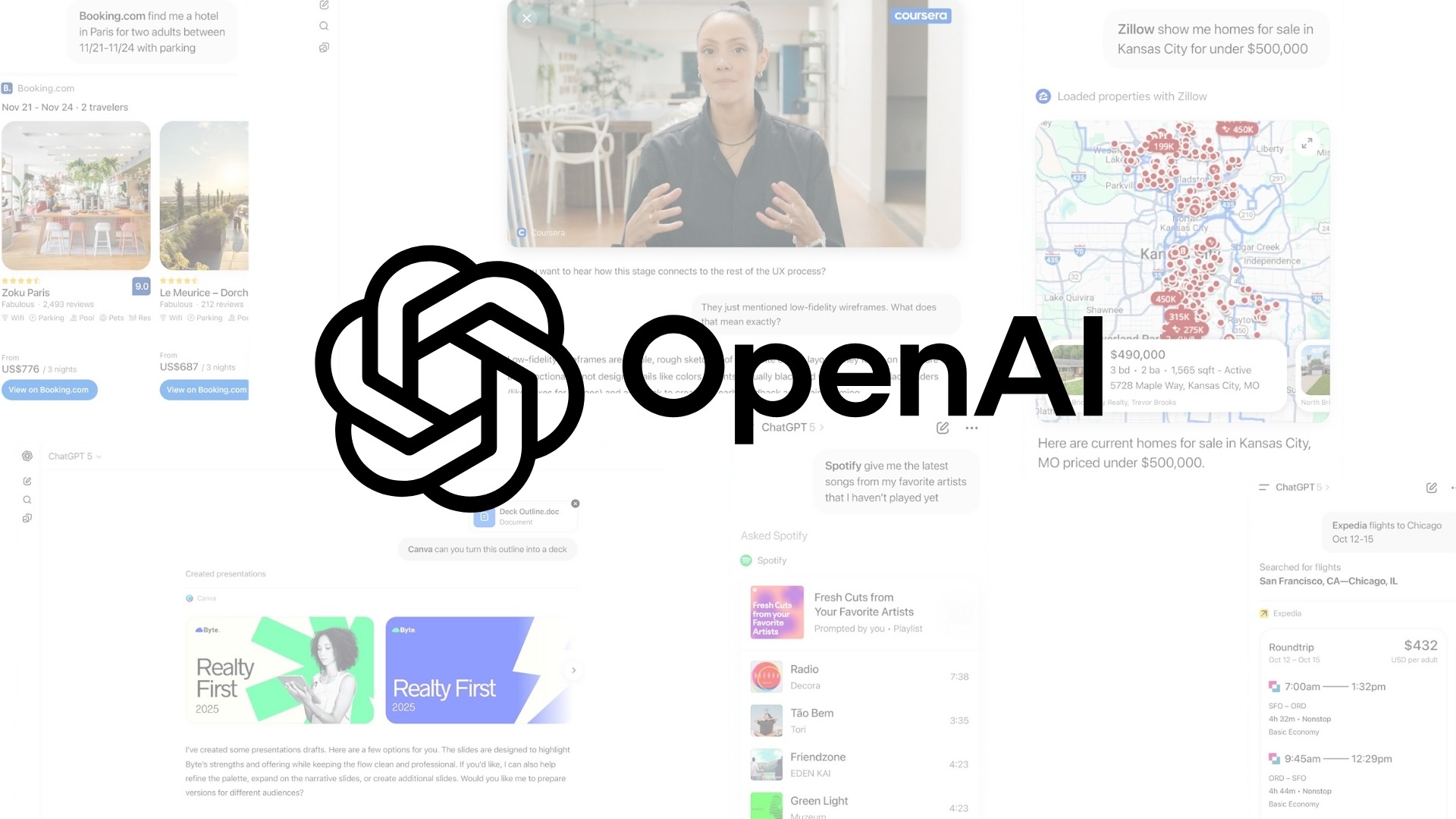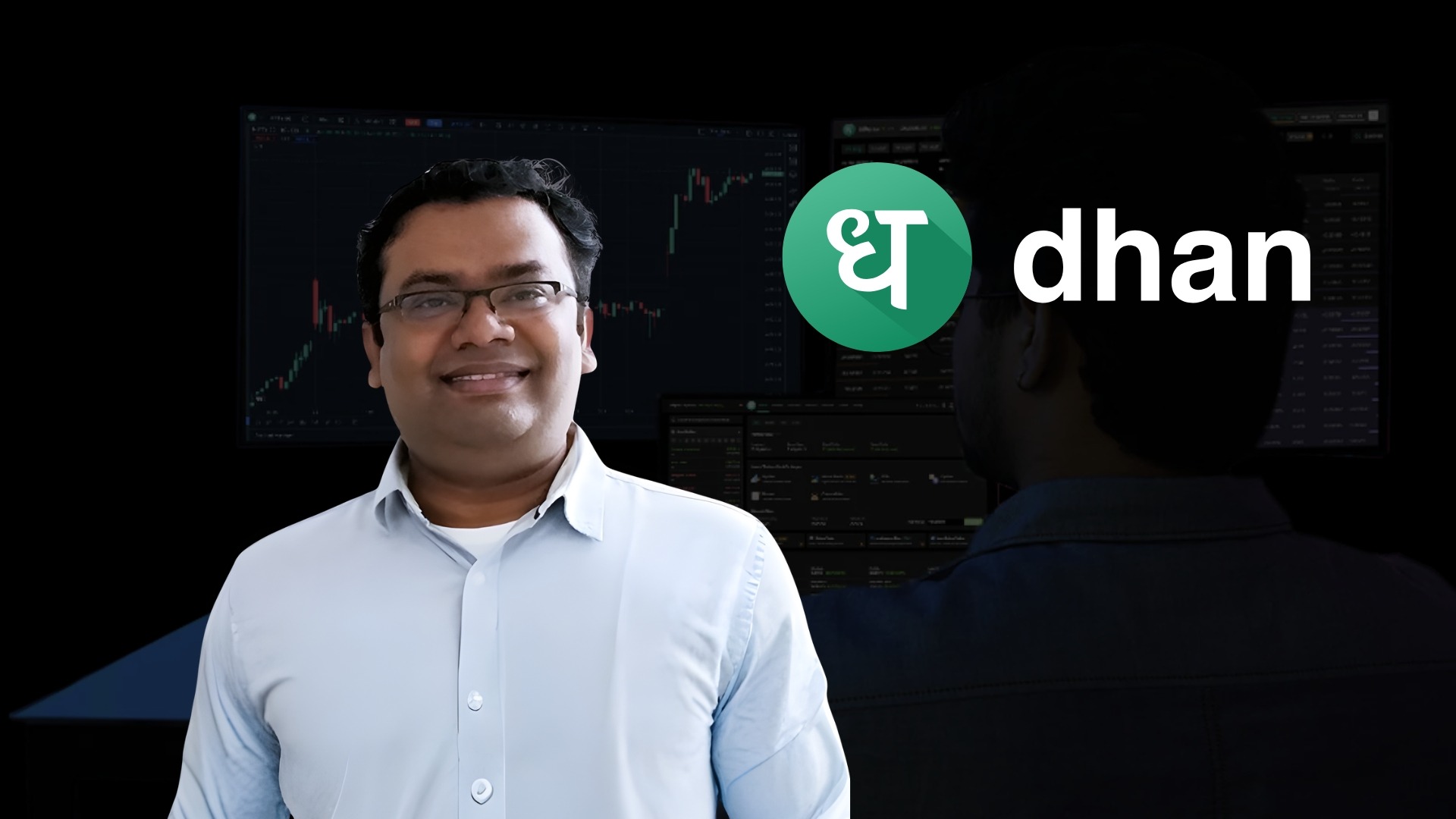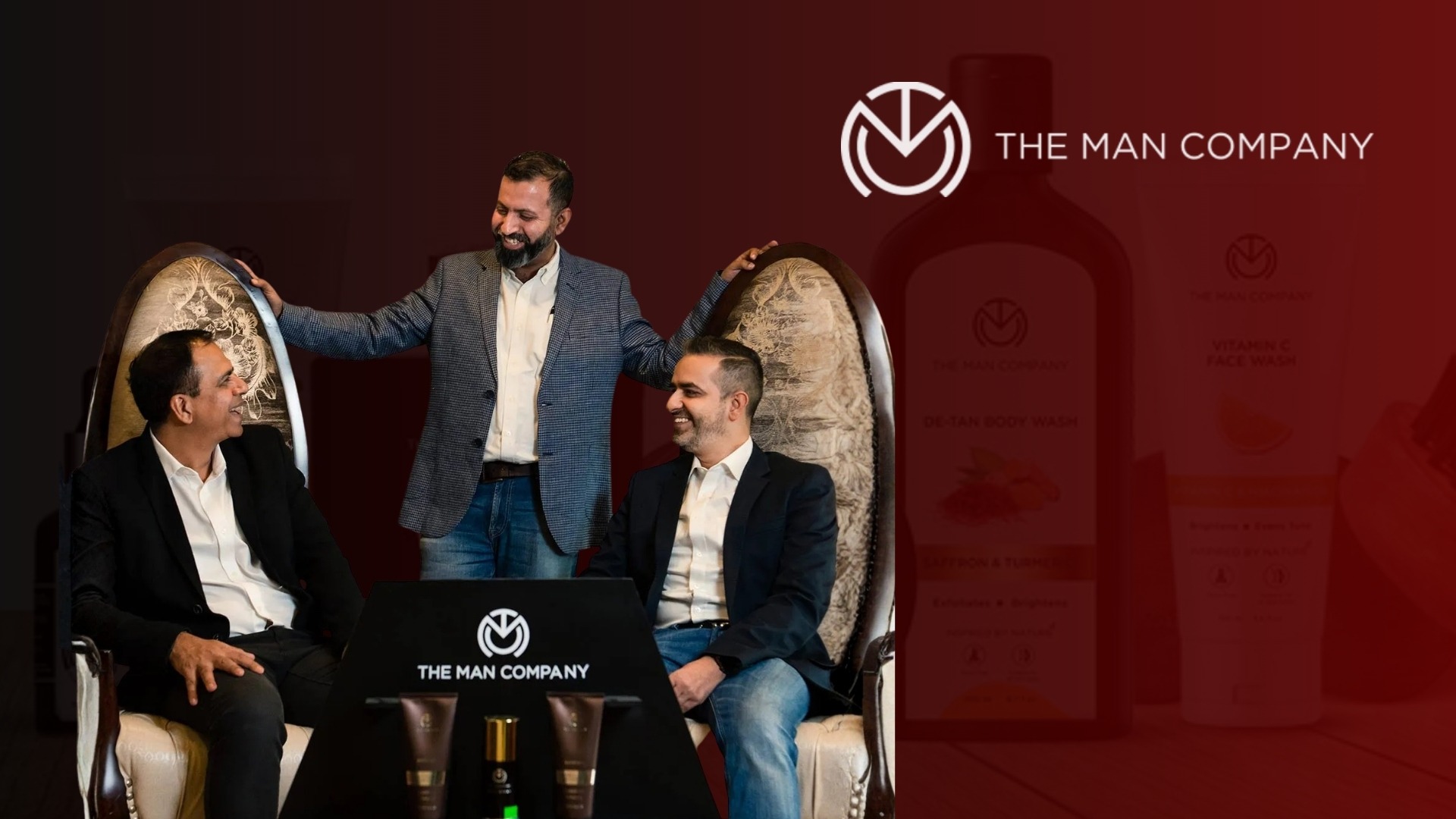In India we have seen multiple beauty and personal care brands flood the market, but all of them were focused on women. Ironically, today we are witnessing some brands that are targeting men, but a decade back the scenario was completely different.
In India few stories have been as compelling as that of The Man company. It is a brand that dared to redefine how Indian men saw grooming. This all started as a niche digital-first venture but eventually became one of India’s most admired D2C success stories.
And what’s even more interesting is the acquisition of this company by a well-established FMCG player. The story is interesting and reveals the importance of timing, strategy, brand building, and innovation. So, let’s start understanding its humble beginnings.
The story dates back to 2015, when Helios Lifestyle Pvt Ltd launched “The Man Company.” They had not started to sell the beard oils and shampoos, and they were on a mission to change the perception towards men’s grooming.
They understood the gap in the market. For decades, the Indian grooming industry had focused almost entirely on women. Men’s products were limited to shaving creams, aftershaves, and maybe a hair gel or two. Grooming, for the Indian male, was never considered self-care.
That’s exactly where they understood what the market needs. So, the founders, Hitesh Dhingra, Rohit Chawla, Parvesh Bareja, and Bhisham Bhateja, saw an opportunity. They wanted to build a premium men’s grooming brand, offering products “free of harmful chemicals” and made with natural, high-quality ingredients. They started the company and focused on man and named it The Man Company.
As every story starts with small steps, The Man Company began as a digital-first brand, selling through its own website and online marketplaces like Amazon and Flipkart.
Now this is a strategic move because the team knew that building offline distribution from day one would require enormous capital. By starting online, they could test demand, learn from customer feedback, and refine their product line, all while keeping operational costs low. That really helped them to manage their finances in a better way.
But when it comes to reality, there is another big problem. The brand understood something many others missed: that men needed education around grooming. So, their marketing didn’t just showcase products; it told stories. Through videos, content, and social media, they began redefining grooming as an act of confidence and self-respect.
And they did some aggressive marketing. Soon, their beard oils, body washes, shampoos, and perfumes started gaining traction. The Man Company started creating a category itself for premium grooming for men.
So, in just two years they achieved some good traction. But the biggest push came in 2017. That year changed everything for the company. The Man Company had already made a name for itself among urban consumers. But to scale further, it needed capital, distribution reach, and manufacturing muscle.
That’s when Emami Ltd., the FMCG powerhouse behind brands like Fair and Handsome and Navratna, took notice. In December 2017, Emami acquired a 30% stake in The Man Company’s parent firm, Helios Lifestyle Pvt. Ltd.
It was a strategic alliance for both the companies. The Man company needed deep offline distribution to scale up further and access retail outlets in India. And Emami being a well-established brand helped to achieve that.
In return, The Man Company gave Emami access to a fast-growing D2C platform, a premium brand image, and a new-generation consumer base that traditional FMCG brands found hard to reach.
So, it’s a win-win situation for both. This has changed the story of The Man Company to the next growth phase.
Now in later years they expanded both online and offline presence. The omnichannel approach worked beautifully. For many men, seeing The Man Company products in physical stores built trust and recall. So, people can believe that what they are seeing in online ads and promotions is real.
At the same time, The Man Company maintained its premium positioning. Instead of competing on price, it focused on experience and quality. Its communication, packaging, and content all reflected sophistication and modernity.
But to narrow it all to the biggest positive factor, that is marketing. The Man company has done great marketing. In 2019, Bollywood actor Ayushmann Khurrana joined as both an investor and brand ambassador. That move was genius.
Ayushmann represented authenticity, sensitivity, and confidence, the exact persona The Man Company wanted to show the world. That really helped them to expand their presence and increase brand visibility.
To understand how they focused on their marketing, stats say everything. At one particular point in time, they spent around 35% of their revenue only on marketing and advertising. It helped them build a brand.
By FY24, The Man Company had built a strong recall and customer base across metro and Tier-II cities alike.
While brand identity and marketing built the audience, innovation kept them hooked. Each product launch was aligned with evolving consumer needs. For example, during the COVID-19 pandemic, when hygiene and self-care awareness surged, The Man Company introduced new personal care lines suited for at-home grooming.
By 2024, the brand had over 100 SKUs across multiple categories, all built around the idea of complete head-to-toe care for men.
As of FY24, the company generated a revenue of ₹185 crore. Now after that FY24, in August 2024, Emami acquired the remaining 49.6% stake in Helios Lifestyle for ₹177.63 crore, taking its ownership to 100%.
This not just gave a great exit for founders, but also for the ambassador and investor Ayushmann. As per different sources, Ayushmann Khurrana has made around 400% returns with the deal.
And that’s how “The Man Company” built a strong brand in the market and is now continuing under Emami.
Also Read: The Rise and Fall of Log9 Materials: Why India’s Deep-Tech EV Battery Startup Failed?


